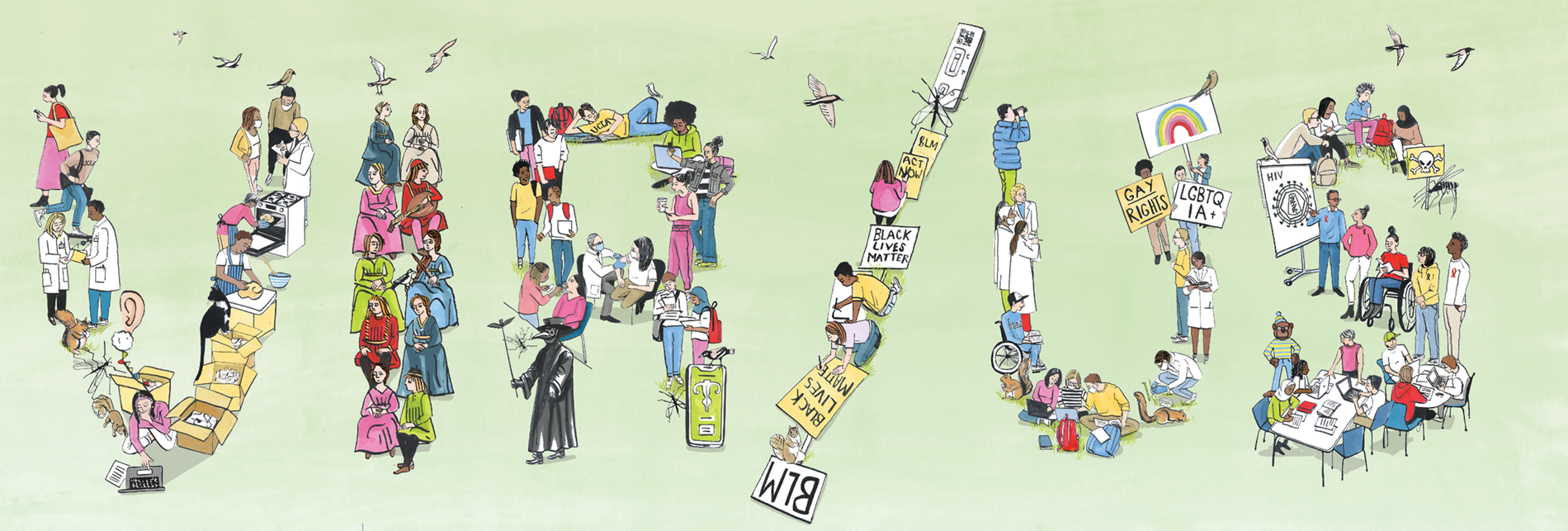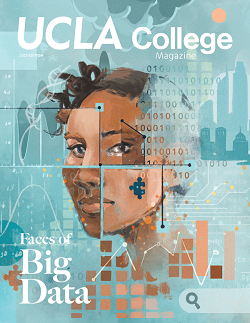VIR/US
Drawing inspiration across the UCLA College from living in a viral world, in every meaning of the word
By Jonathan Riggs | Art by Clare Mallison
Whether it’s the more than 100 million cases of COVID-19 or the 11 billion YouTube views of “Baby Shark,” we live in a viral world, with literally more viruses on Earth than stars in the universe.
Literal or metaphoric, viruses and their spread can tell us a lot about our planet and ourselves. At the UCLA College, the viral — in every sense of the word — continuously inspires innovative work across the liberal arts and sciences for the benefit of us all. Here’s a sampling.
A NEW PERSPECTIVE
For the first 25 years of his career, Bill Gelbart worked exclusively on theoretical physical chemistry and physics, focusing on liquid crystals, polymers and other “complex fluids” and counting on others to conduct experiments to test his theories. But the distinguished professor of chemistry and biochemistry had an epiphany 20 years ago.
“I thought, maybe a theorist trained in physical science could contribute to understanding biological systems and processes if there were an example simple enough,” Gelbart says. “And what’s the simplest thing that evolves? Viruses! They’re very successful organisms and get the better of us, even if they’re not technically alive and have 1,000 times fewer genes than we do.”
And so, in 2003, Gelbart — with Chuck Knobler, now a professor emeritus — launched a new lab: the Virus Group at UCLA, where physical scientists use their unique perspectives and expertise to study viruses.
Among the team’s promising experiments are vaccines for virus and cancer therapies that use the mRNA technology at the heart of the COVID-19 vaccines. A key is their lab’s ability to synthesize virus-like particles “from scratch” for delivering mRNA to targeted cells, whether they be immune (antigen-presenting) cells for vaccines, or cancerous or virus-infected cells for treatment.
“We don’t understand anywhere near enough about cancer as we would like, and there will always be mutations in our genes that we have no control over,” Gelbart says. “Even so, we’re learning all the time how to better deal with cancer, especially by turning the immune system against it. The same goes for viruses, even though they, too, are here to stay, mutating faster than any of their hosts.”
THE SECRET LIFE OF BIRDS
Birds, like viruses, exist on every continent and link geographical areas across the globe through their travels; they also carry viruses themselves, some of which are transmissible to humans.
Ben Tonelli and Wilmer Amaya-Mejia, UCLA doctoral students in ecology and evolutionary biology, study birds to better understand infectious patterns. Tonelli looks into the role migratory birds play in spreading pathogens, especially those that can infect humans, while Amaya-Mejia focuses on understanding how living in and moving between human-dominated environments from L.A. to Cameroon affects birds, their DNA and the diseases they carry.
As an undergraduate at Bates College, Tonelli created the first mathematical model to visually illustrate how migrating songbirds transport ticks south; according to the CDC, approximately 476,000 Americans are diagnosed and treated for Lyme disease yearly, with an economic burden of up to $968 million.
“Birds carry lots of diseases, and climate change is disrupting when and where these birds are over the year,” Tonelli says. “Changing patterns of migration will mean changing patterns of where these diseased birds are in time and space.”
Having earned a three-year NASA fellowship in 2022 to continue his research, Tonelli will study pine siskins — which frequently come into contact with humans, thereby increasing the risk of disease spillover from birds to livestock, humans or both.
“Most people see disease as something that happens amongst humans and envision solutions at the human level: vaccines, quarantines, etc.,” says Tonelli. “It’s really important to recognize there are other solutions — or at least mitigating steps — we can take at an ecological level to reduce the risks among us humans. In fact, these early steps may be even more effective.”
While birds are of interest to Amaya-Mejia, his true passion lies in their parasites and diseases.
“The fact that there’s a secret, wild world going on right inside the tiny hummingbird that flew by you is definitely the most fascinating part about them,” he says. “For example, I’ve spent the last four years studying malaria, which originated in birds.”
The way birds and their parasites have co-evolved tells a powerful story of natural balance reminiscent of viruses — and how delicate that balance can be as humanity’s global footprint grows. This year, Amaya-Mejia earned a UCLA Institute of the Environment and Sustainability award to study the link between the increase in population of the dark-eyed junco in Southern California and urbanization and disease — specifically, the way that societal redlining has shaped viral and parasitic communities that co-exist with these birds.
His hope is that his work will empower the public to make choices that benefit us all, feathered or otherwise.
“Humanity’s decisions will determine whether birds continue enjoying the complicated balance they have achieved, or if they lose it all due to havoc we set in motion, including overrunning the globe with viruses,” Amaya-Mejia says. “Any time you see a bird, remember that you have the ability to have a strong impact on the environment, both for their sake and ours.”

HATE IS A VIRUS
“Sadly, hate has been a persistent presence in human relations for millennia, and its capacity to spread like a virus has increased dramatically with the internet,” says David N. Myers, the Sady and Ludwig Kahn Professor of Jewish History at UCLA. “We need to figure out ways to mitigate and dilute it.”
Accordingly, in 2022, UCLA launched the Initiative to Study Hate, a three-year pilot program uniting scholars from nearly 20 disciplines across campus. Directed by Myers and housed in the division of social sciences, it serves as an umbrella for 23 inaugural social impact projects, including studying the erasure of Black histories and spaces, the bias perpetuated by artificial intelligence and the effects of bullying and the criminal justice system on LGBTQ youth.
“This initiative is the most important work I’ve ever done; it’s audacious, so much so as to invite skeptics,” says Myers. “But it is exactly what we need to be doing at UCLA — leveraging our research excellence to confront big, tough challenges out there in the world. Hate is so pervasive as to demand that we do all we can to understand and defeat it. We have no choice.”
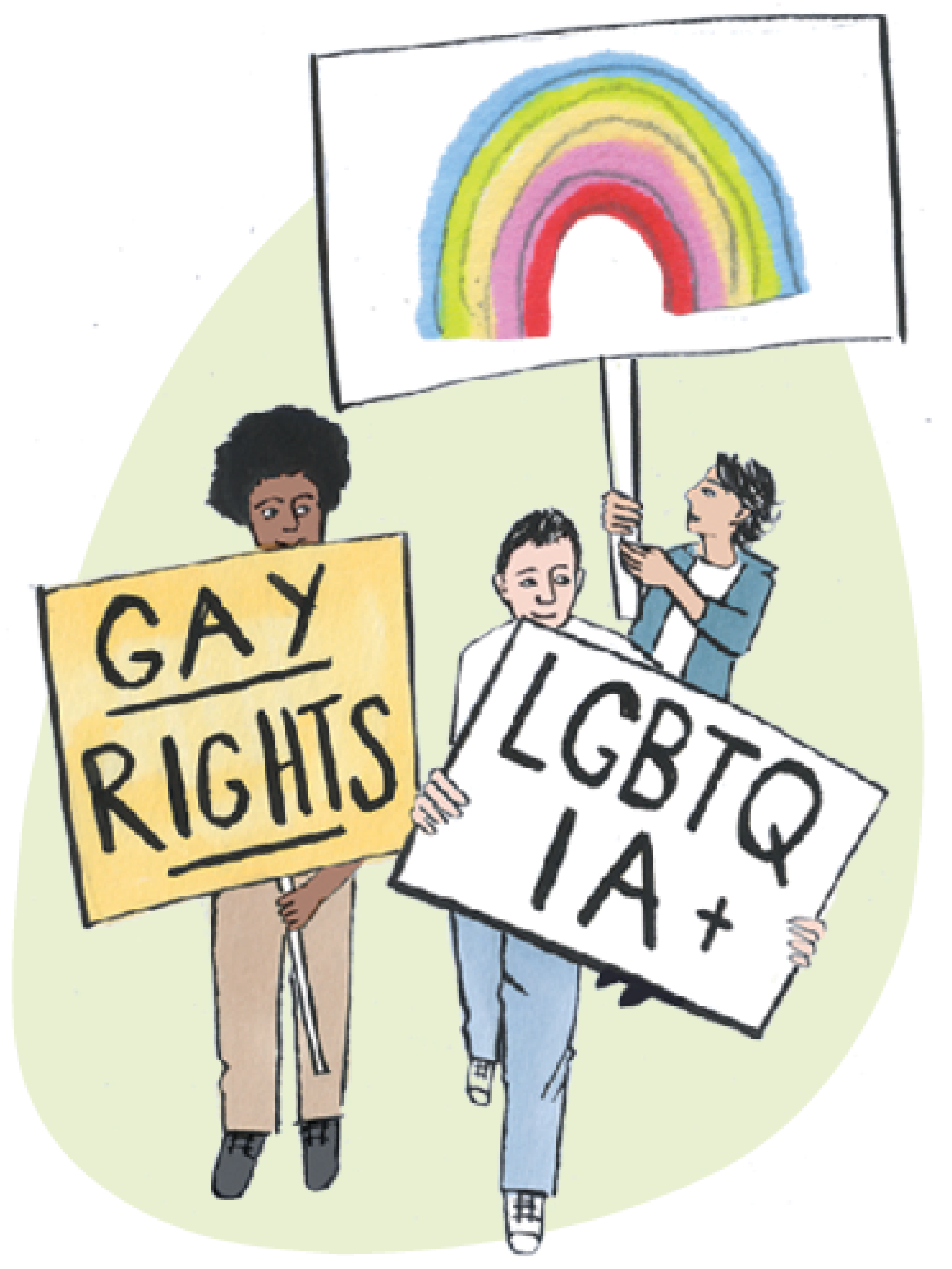
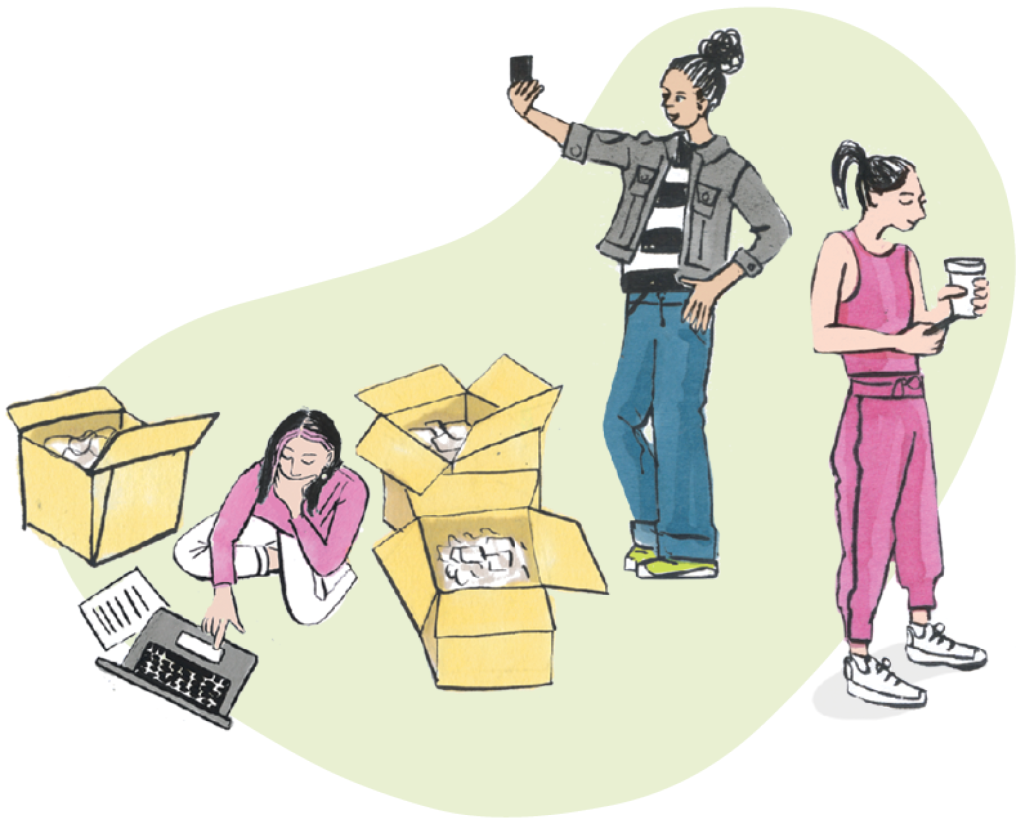
SOCIAL MEDIA’S PROMISE AND PERIL
“The internet has created an entire ecosystem of unique communications that promote the virality of fashion, language and imagery,” says Courtney Chapman, a first-year graduate student in the UCLA Animation Workshop. “This never-ending sea of content that fluctuates in relevancy by the minute is so interesting, especially for someone like me, who utilizes this virality to make physical artwork.”
A sculptor since the age of 8, Chapman was a UCLA undergraduate English major when she launched a business, CosmicFuss, via TikTok. Selling jewelry and other items crafted based on memes and viral pop culture moments — Jordan Peele’s Monkeypaw Productions gave her a social media shout-out for her Nope cloud earrings — Chapman built a thriving company in her spare time. That first-ever TikTok she posted of her artwork earned 5 million views in two days; for the next month, every video she posted got more than a million views.
“It felt like I had hundreds of thousands of friends for a few weeks at age 18, but what happens when your moment fades?” Chapman says. “It took a lot of growth on my end to be OK with that shifting attention. I have to remember that these numbers should motivate and not consume me.”
In the end, Chapman hopes her art capitalizes on the internet’s viral power to unite rather than divide. The web’s double-edged-sword nature also inspired Shanell Logan, a transfer student set to graduate this year from UCLA with a degree in sociology, to tackle an independent research project of her own devising.
While studying abroad at Cambridge, Logan realized many TikTokers used the platform for personal discussions about women’s and reproductive health issues by sharing information about treatments, experiences and options — and that these discussions had a real-life impact on viewers’ medical choices.
“I saw this connection even when the information shared wasn’t accurate,” Logan says. “We’re not just looking at health care and medical issues here, but influential issues of how people obtain knowledge.”
Impressed, UCLA Professor of Sociology Stefan Timmermans became Logan’s advisor, helping her strengthen and formalize the project to continue and expand it after graduation.
“I’m barely in the data collection phase, but an overall takeaway I’m seeing is that the medical profession needs to do a better job by anyone with a uterus,” Logan says. “While there is definitely misinformation on social media, it’s important to recognize the nuance where someone is earnestly trying to show their perspective and just has a gap in knowledge. My goal is to efficiently, effectively address that gap.”
THE REGENERATIVE POWER OF STORYTELLING
One of today’s most timely works of literature was composed in the mid-14th century, according to Raphaëlle Burns, an assistant professor in UCLA’s department of European languages and transcultural studies.
“The Decameron,” Giovanni Boccaccio’s Italian masterpiece, concerns 10 young Florentines who tell stories as they self-isolate in the context of a terrifying plague epidemic they feel is profoundly reshaping — perhaps even ending — the existing sociopolitical order. This collection of novellas was composed in direct response to the then-recent Black Death, the most fatal pandemic ever recorded, which reduced the world population by as much as 200 million and decimated the city of Florence.
“Crucially, the heroes and heroines of ‘The Decameron’ are overwhelmingly young. The text entrusts the question of what a new community, a community after the plague, should look like to the young,” Burns says. “Thus, the text resonates in the classroom today not only because of parallels we can draw between the Black Death and COVID-19, but more specifically because it is a text that intends to empower new generations and foster in them the optimism, generosity and responsibility needed to reimagine their world.”
The power of these young protagonists lies principally in their ability to tell and interpret stories. In the preface to “The Decameron,” Boccaccio proposes storytelling as a therapeutic endeavor; in the text’s conclusion, he suggests that stories — like a drug — are potencies that can either poison or cure depending on the circumstances of their telling and the audience’s disposition.
“More than a book, ‘The Decameron’ is an invitation to tell stories and to reflect collectively on them as the touchstone of every civic project,” says Burns. “The ethics of civil conversation illustrated in Boccaccio’s circle of storytellers responds to the potentially ‘viral’ effects of storytelling, and to the contagious dangers of collective panic, as an antidote — a kind of immune system available, if nurtured, to every city and every community.”
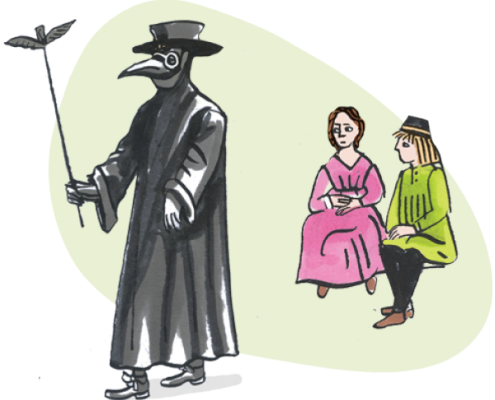
SMALL BUT MIGHTY
The world’s deadliest animal by far is the mosquito; the World Health Organization estimates that illnesses passed by the insects — including those caused by the West Nile, dengue, chikungunya, yellow fever and Zika viruses — kill over 725,000 people a year and sicken millions more.
In her lab, Melody Man Hing Li, the Johanna F. and Joseph H. Shaper Family Chair in Microbiology and an assistant professor of microbiology, immunology and molecular genetics at UCLA, studies host-cell interactions of mosquito-borne RNA viruses with the goal of identifying both cellular and viral targets for antiviral intervention.
“We have been in an evolutionary arms race with viruses for as long as we know. An interesting story: In 1950, Australia released myxoma virus to wipe out the invasive rabbit species,” Li says. “Within a decade, the rabbits evolved resistance, including mutations in the interferon gene that allows them to better target the virus. As a result, rabbit numbers are on the rise again!”
Similarly, the idea of wiping out all mosquitoes or viruses would prove impossible. In fact, viruses have played a critical role in human evolution and development; a significant portion of our genome consists of retroviral sequences, some of which have been coopted for new biological functions. For example, syncytin, the gene responsible for placental development, came from the insertion of a retroviral envelope gene that fuses cells together.
In addition, by studying mosquitoes, we have learned a lot about how sensory stimuli are perceived and processed — a recent study identified carboxylic acids in the skin as the reason some people are particularly appealing to mosquitoes.
A self-described “mosquito magnet” herself, Li is fascinated by the similarities between the insect and the viruses it can transmit — both seemingly so delicate, yet actually world-changing in their power.
“My sense of wonder for nature has been constantly renewed through the lens of viruses, as they have taught us so much about cell biology, immunology and evolution,” Li says. “Doing basic research in virology keeps me curious — it’s my lifelong passion.”

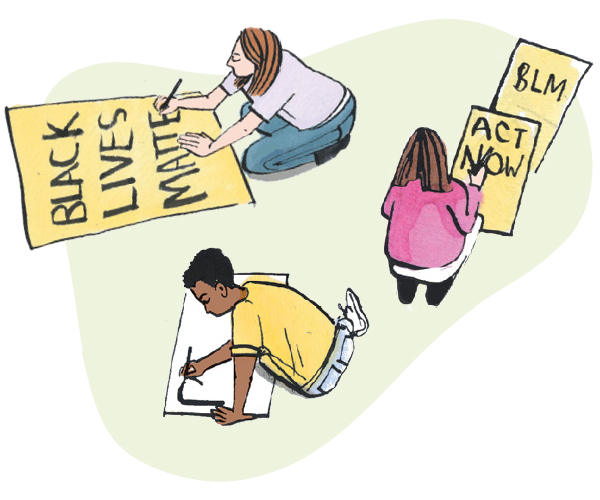
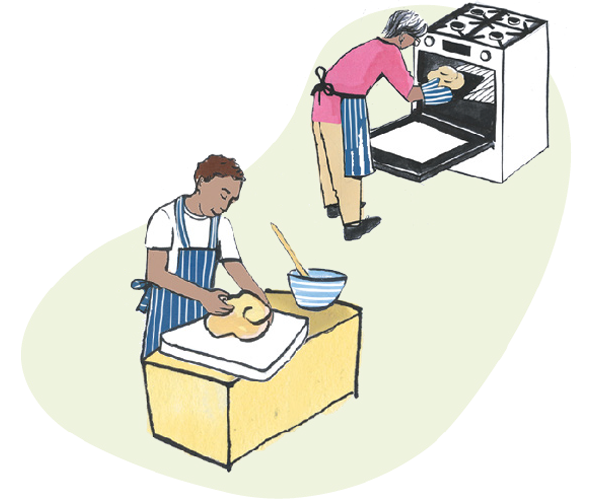
TRANSFORMED BY THE PANDEMIC
Anyone who baked bread, quarantined with family or engaged in crafts during COVID-19 saw a social sea change firsthand. According to work conducted by Patricia M. Greenfield, distinguished professor of psychology at UCLA, and her grandson, Noah F.G. Evers, a student at Harvard, the pandemic shifted our 21st-century societies closer to the ecology of the survival-oriented communities in which humans evolved.
The two found that this rise in subsistence activities echoed the historical evolution of intelligence — in times of need, practical and community-oriented social intelligence are valued more highly than abstract intelligence — which led to the creation of their “Model of How Shifting Intelligence Drives Social Movements.”
“We linked these cultural changes to Black Lives Matter, because people were acting collectively to support the Black community and carrying out direct action on the street, rather than representing action more abstractly online,” says Greenfield. “Subsequently, we realized that these features also applied to the shared values of a very different community and their social movement: the January 6 attack on the Capitol. And our model has been further validated right here on campus and across the UC system, where we recently experienced a collective social movement involving the direct action of picketing in academia’s largest strike ever.”
Greenfield and Evers’ model also predicts that, as conditions move closer to pre-pandemic levels of “normal,” so will psychology and behavior — although the pandemic will have multiple future impacts. For example, individuals in their critical period for cultural learning (typically between the ages of 9 and 25) during COVID-19 are more likely to go on to create significantly more social movements, because they will have elevated levels of practical intelligence and collectivistic values.
The fact that these studies and work even exist is a tribute to the lasting impacts of COVID-19.
“Grandma and grandson working together during the lockdown is also in line with my theory,” says Greenfield, “that COVID moves us in the direction of family practices that were common during an earlier era.”
“My grandma and I strengthened our social bonds and became a lot closer through our research,” Evers adds. “And that’s our ultimate takeaway: When the world gets more dangerous — due to the threat of a global virus, for example — human psychology optimizes for strengthening social bonds and solving social problems.”
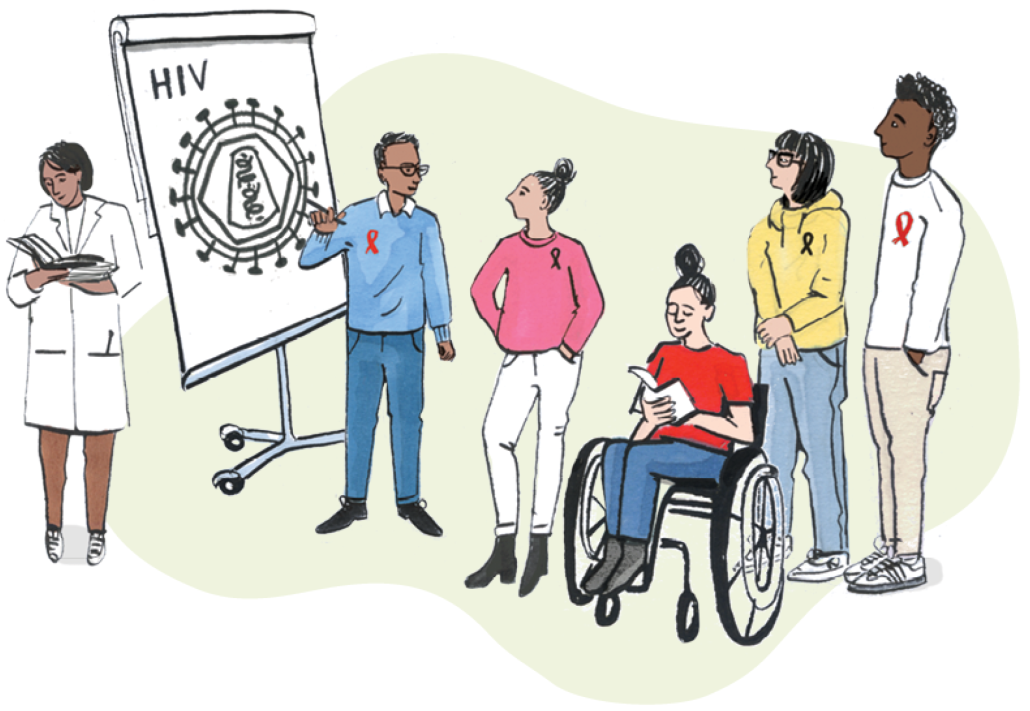
LEARNING AND LIVING
“A lot of people today think that HIV is not a problem anymore,” says Oliver Fregoso, an assistant professor of microbiology, immunology and molecular genetics at UCLA whose lab studies the virus. “The reality is that if you are infected with HIV, it is there for life.”
Of the more than 84 million people infected worldwide since the beginning of the epidemic, only five have ever been reportedly “cured.” The nature of the virus makes the reality of developing a universal cure or vaccine — a desperately longed-for priority for more than 40 years now — an especially daunting challenge.
“I’m an optimist; I’d like to think in my lifetime we will find a way. There’s been great progress,” Fregoso says. “But I’m also a realist, and it’s going to require lots of continued research to ever get there. Seeing the pace at which we got a vaccine for SARS-CoV-2 is quite phenomenal.”
Fregoso and his lab study HIV and the viruses it’s related to, called lentiviruses; there are also about 40 nonhuman primates that have their own lentiviruses similar to HIV. Fundamentally, Fregoso and his team want to know how the virus replicates within a cell, how it spreads between cells and individuals and how it jumps from one species to another.
“On the most basic level, we want to know mechanistically: How do the proteins of the virus and the proteins in the cell interact to enable that to happen or inhibit that from happening?” he says. “And all the work that we do for HIV will also help as we face other emerging viruses.”
Ultimately, viruses present an opportunity for us to learn, both about them but also about ourselves. After all, our shared vulnerability links all life on Earth.
“Viruses have taught us a ton about biology, but also about society. Think about how eye-opening both the COVID and HIV pandemics have been,” Fregoso says. “It’s so important that we as scientists do a better job explaining what we know to the general public, and that we all respond to one another with compassion and the knowledge that viruses can impact and teach us all.”


